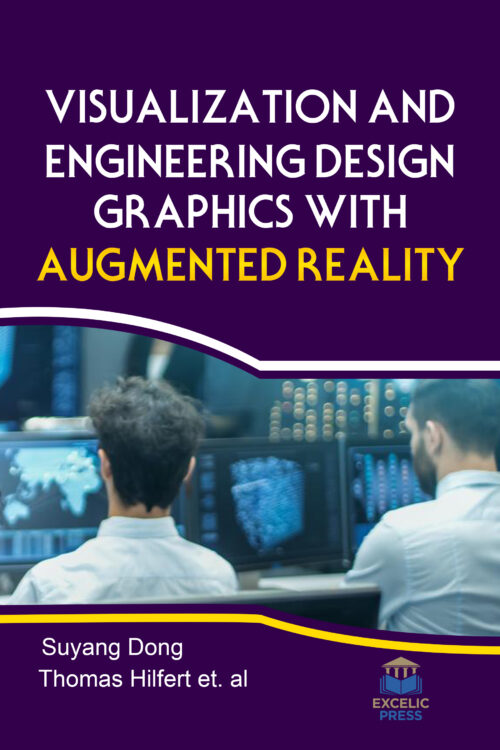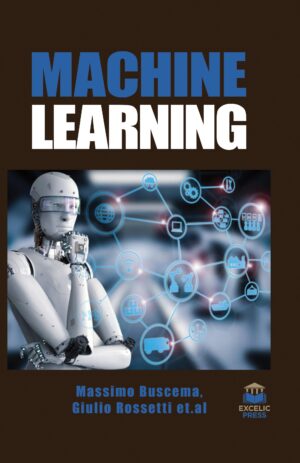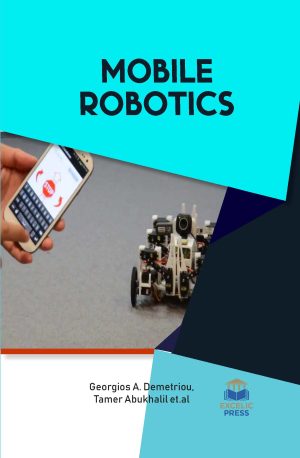Description
Engineering graphics (EG) is concerned of exchanging information from design into manufacture. In augmented reality (AR) product design applies, the technology facilitate designers and architects to more accurately and more cost-efficiently experiment with products before assigning to a production run or full manufacture. AR renders digital data from engineering data management repositories as spatially-referenced 3D models. This enables 3D previews of products or projects during development, proof-of-concept, and prototyping phases. 3D visualization is key elements in most scientific and technical disciplines. In engineering education, the development of spatial abilities has been acknowledge by many authors as a factor that is strongly related to higher – level reasoning skills, critical thinking, creativity, and success in science, technology, engineering and mathematics fields. This is particularly useful for soliciting feedback from users or other stakeholders before making the final manufacturing/construction investment. In product design, augmented reality may utilize a number of technologies for authoring, detection, recognition, and rendering.
This volume Visualization and Engineering Design Graphics with Augmented Reality is a comprehensive learning tool to help the engineers learn the language of engineering graphics. It deals with engineering graphics and. The focused topics are scalable and modular augmented reality template for rapid development of engineering visualizations; high-precision vision-based mobile augmented reality system for context-aware architectural, engineering, construction; formwork application optimization by using augmented reality; A comparative analysis of augmented reality technologies and their marketability in the consumer electronics segment; rear-screen and kinesthetic vision 3D manipulator; deconstruction waste management through 3D reconstruction and bim, and more. In AR applications, the students and practitioners can interact with real, physical objects around them while virtual models are being added to this world. Using these techniques, they have a better perception if the objects they observe.





